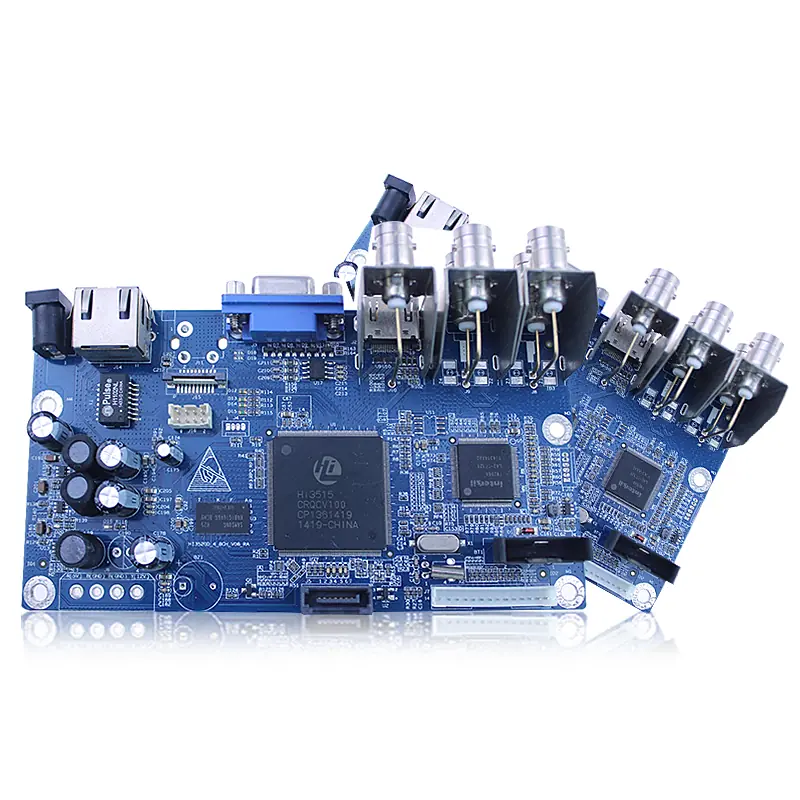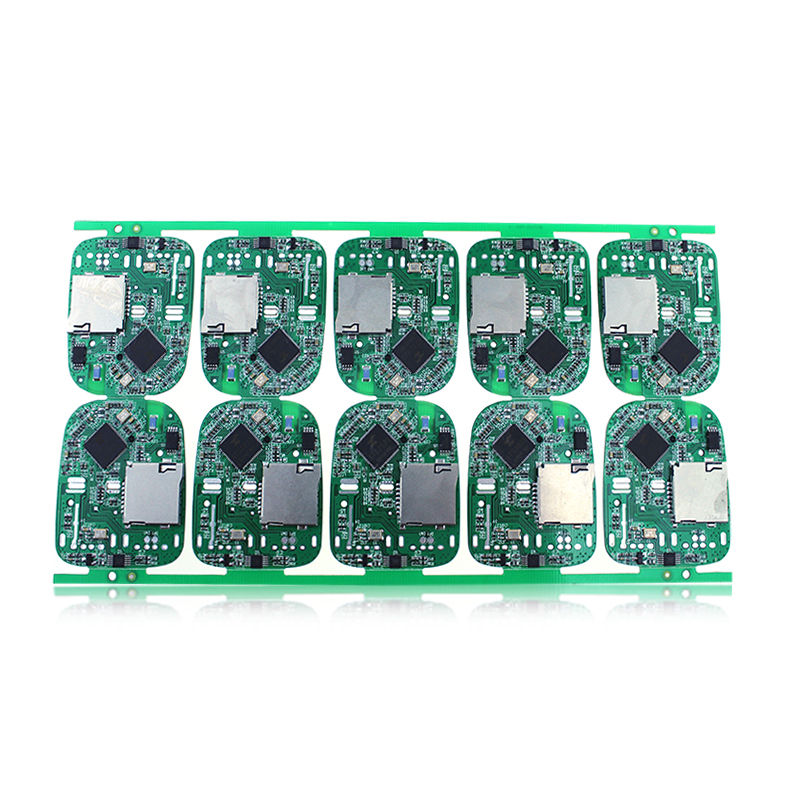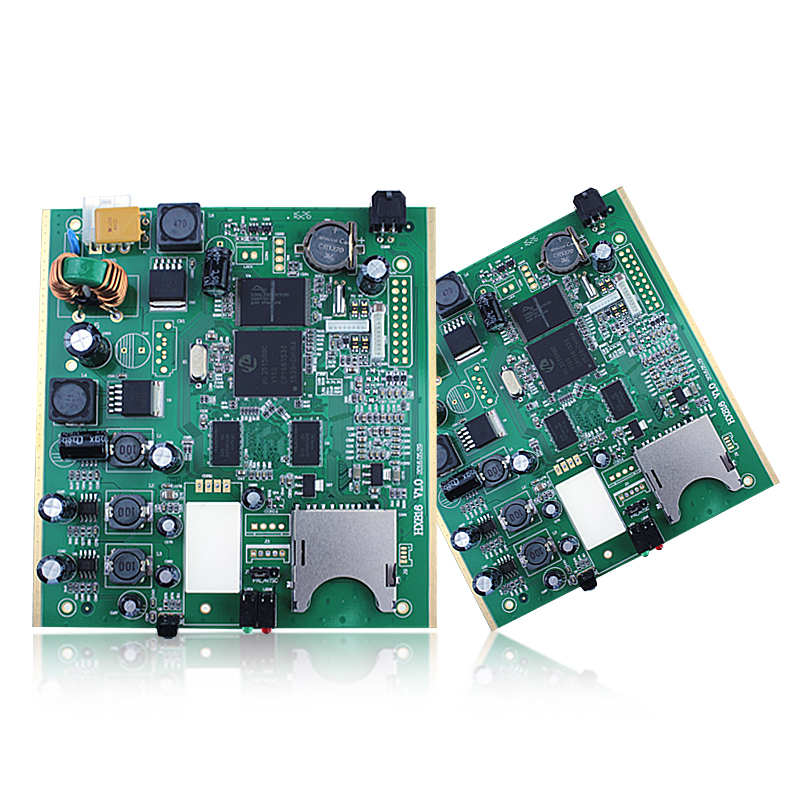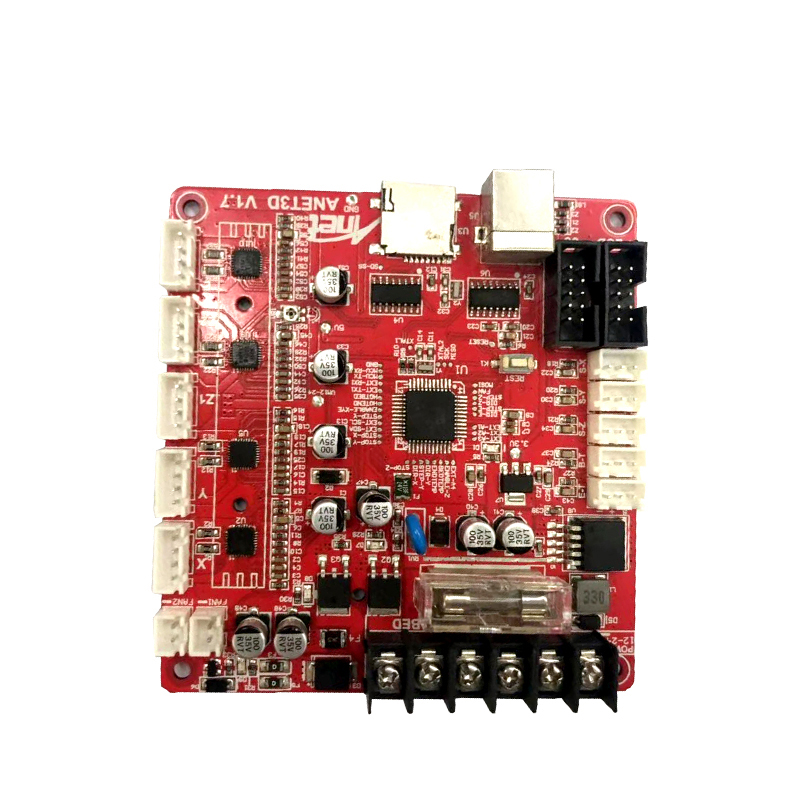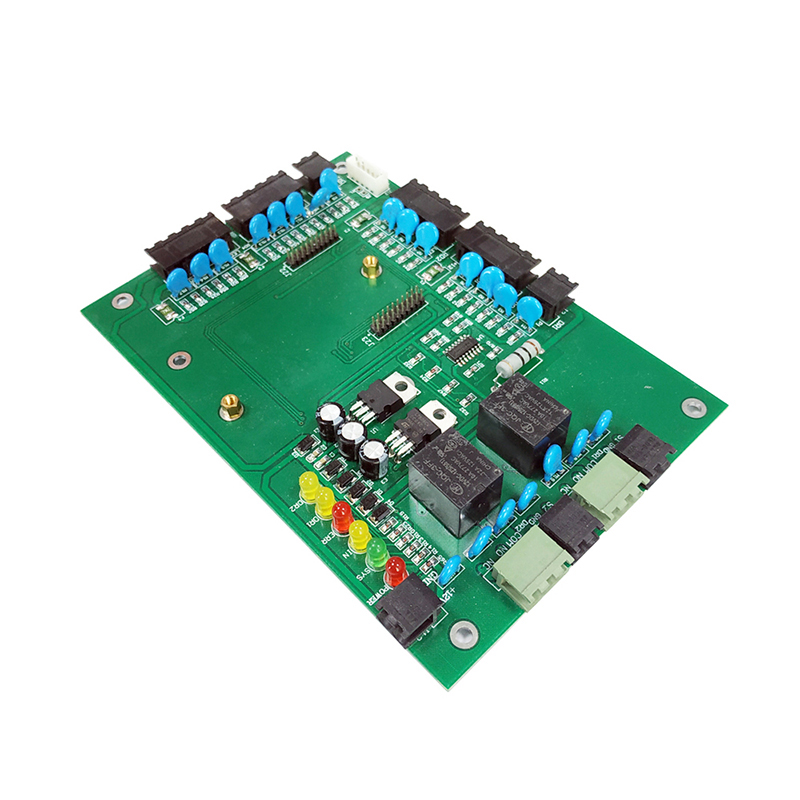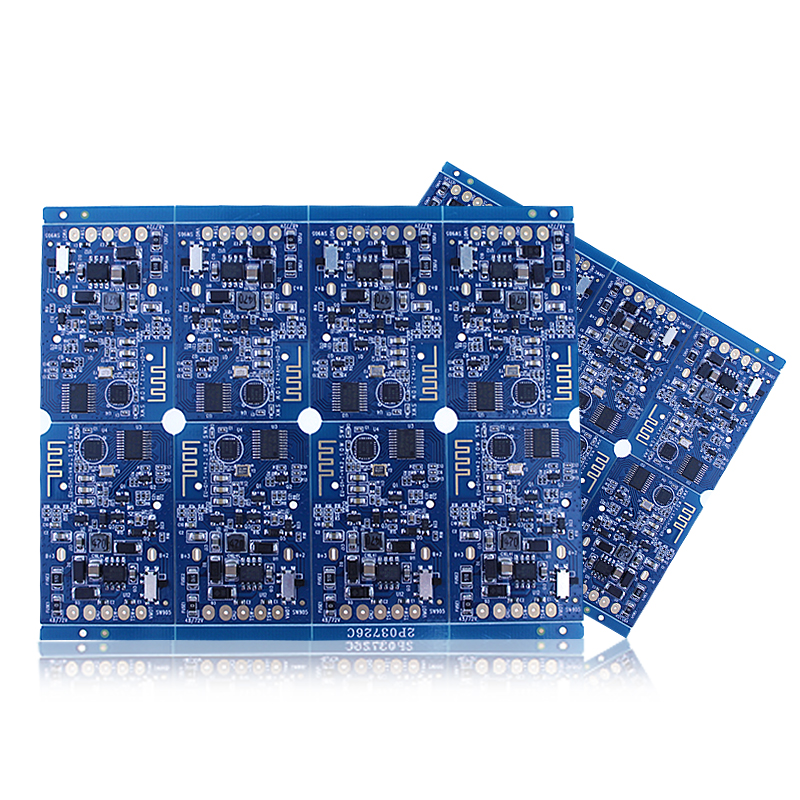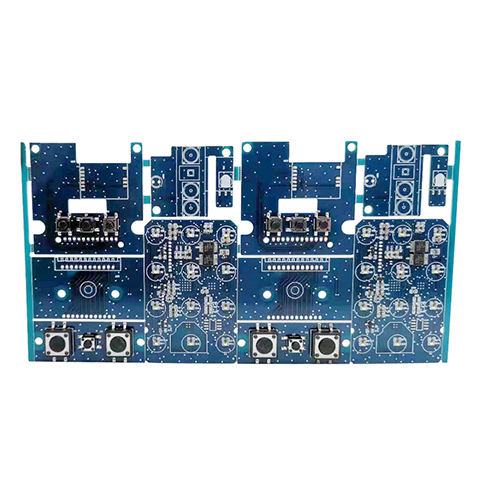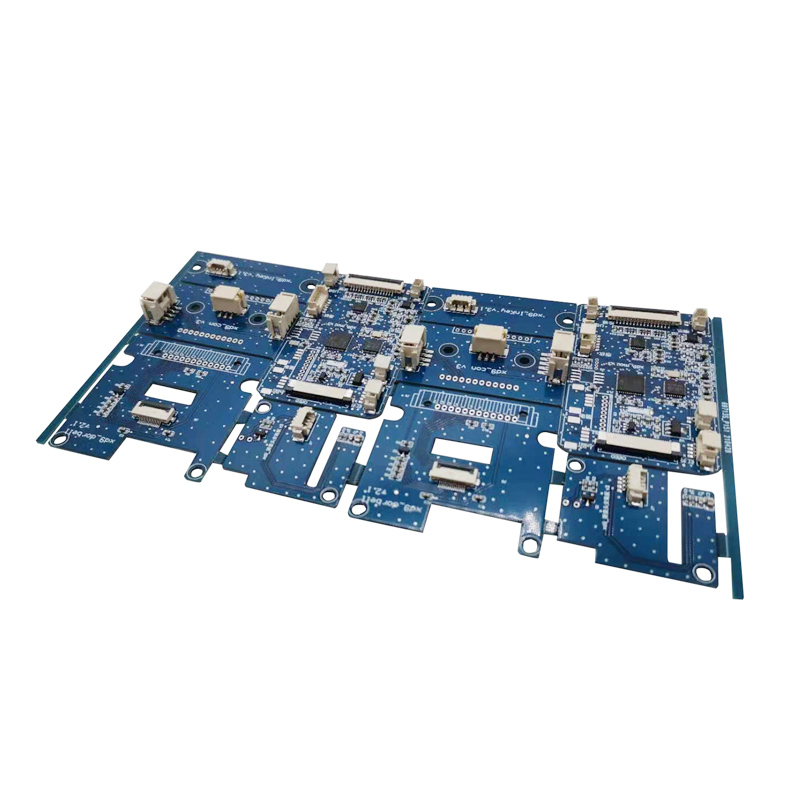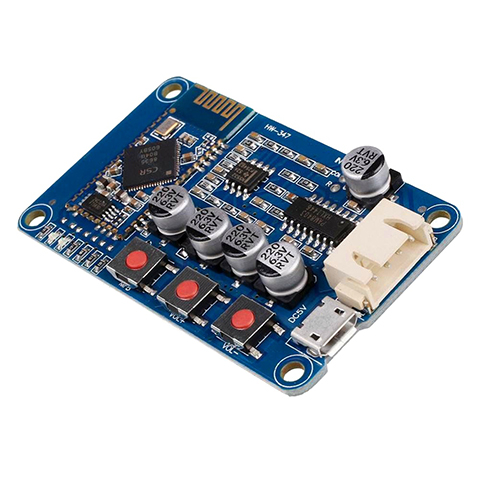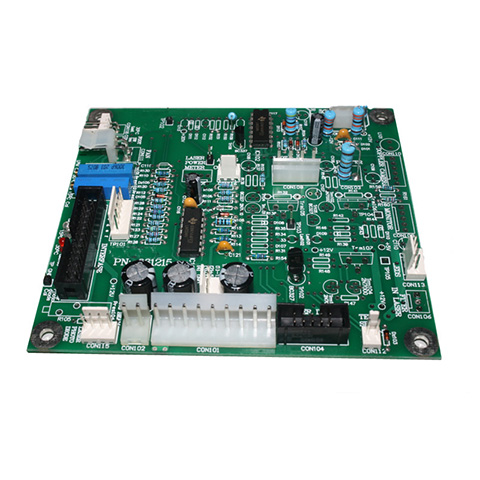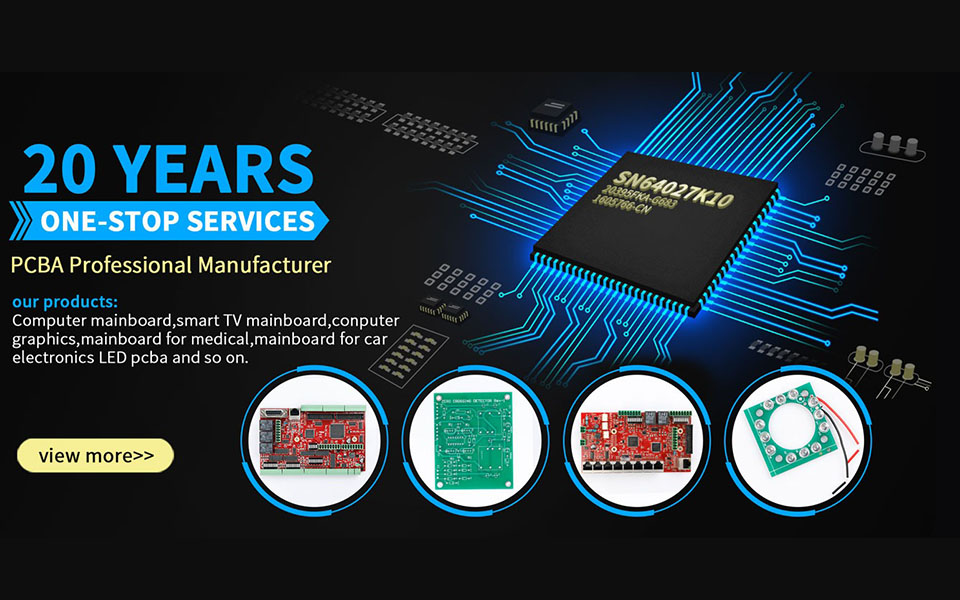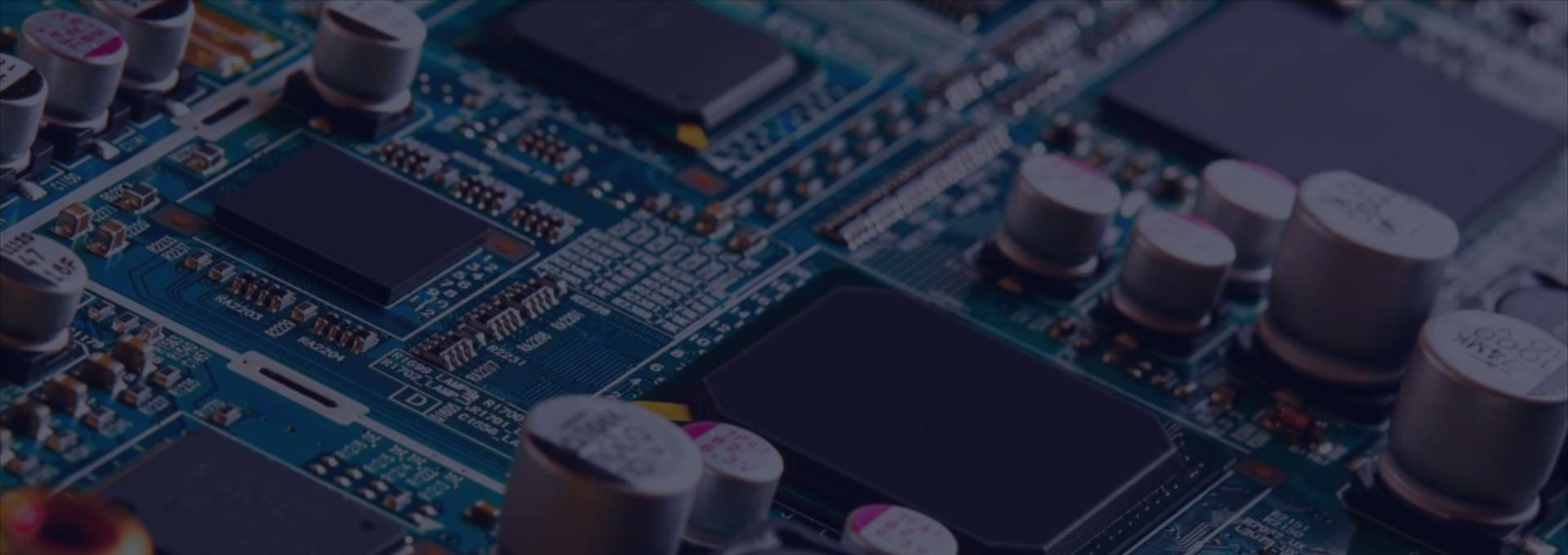What is BGA?
BGA stands for Ball Grid Array. A type of surface mount package (SMT) for PCB manufacturing. This high-density packaging technology is a result of the growing demand for versatility and performance in electronic products. BGAs are mainly used in high pin count integrated circuits. BGA Assembly Capabilities traces are usually made on a laminated backing (BT-based) or polyimide-based film. Therefore, the entire area of the substrate or film can be used to seal the joint. The advantage of BGAs is that they have lower ground inductance or power, so ground or power circuitry can be assigned with a shorter current path to the PCB board.
thermal enhancement mechanisms (heatsinks, heat balls, etc.) can be applied to the BGA to reduce resistance. Advanced features of BGA package technology take advantage of high-performance, high-speed ICs that require improved electrical and thermal performance.
Compared to traditional SMT packages, the advantages of BGA Assembly Capabilities are:
- Low assembly cost
- Self-aligning during reflow
Low profile
- Easy thermal and current management
- Easy wiring
- High interconnect density
What is BGA Assembly Capabilities?
Offering short signal path, controlled line impedance, and high-density interconnect IC solutions, the BGA package provides a means to support high-density interconnect requirements with in-pad technology while reducing component size. It's the hottest topic on PCBs these days and I'm a bit picky when it comes to assembling them.
BGA Assembly Capabilities:
Europe PCB is the reliable turnkey PCB assembly provider you can count on, we have rich experience in handling all types of BGAs, from micro BGA (2mm x 3mm) to large size BGAs (45mm); from ceramic BGAs to plastic BGAs. We are capable of placing a minimum of 0.25mm pitch BGAs on your board. Supported BGAs are listed as below,
• BGA Ball Grid Array
• µBGA Micro BGA
• CABGA Chip Array BGA
• CTBGA Thin Chip Array BGA
• CVBGA Very Thin Chip Array BGA
• DSBGA Diesize BGA
• FBGA Fine BGA (also known as Fine Pitch BGA, mainly used for system on chip design)
• LGALand Grid Array
• CPS Chip Scale Package
• WLCSP Wafer Level Chip Scale Packaging
• FCBGA Flip Chip BGA
• FCμBGA Flip Chip Micro BGA
• LBGA Lowprofile BGA
How Europe PCB Guarantee the quality of BGA Assembly Capabilities:
PCB Pad:
BGA build quality is critical to the functional implementation of a design. Before soldering the BGA, you need to know the BGA package. Typically, solder ball pins in a BGA package are formed on Solder Mask Defined (SMD) pads. Components with NonSolderMaskDefined (NSMD) pads in the packaging are also available. The quality and reliability of the solder connections to the PCB boards are affected by:
• Pad Type (SolderMask Defined, SMD or NonSolderMask Defined, NSMD)
• Specific Dimensions of the Pad
• Pad Surface Treatment
• Layout and Technique
NSMD pad types on the PCB provide adequate pad precision and good board reliability. It is preferred because When searching in the BGA datasheet, select a specific package and you will see examples of stencil hole layouts for each package. Design details will depend on the PCB technology used, the capabilities of the PCB manufacturers and suppliers, and the route planned. In most designs, PCB designers always use BGA balls with SMD pads on the component side and NSMD pad designs on the PCB side. Board-level reliability studies have shown that this configuration provides the highest reliability for solder joints in most cases. The NSMD pads on the PCB allow the solder to grip the sidewalls of the PCB pads, increasing the reliability of the solder joints. If there are through-holes inside the
pad, the holes must be covered with plugs or plating to keep solder out. If the gate micro via is placed inside the pad, the ViainPad manufacturing process requires that the junction with the pad be as flat as possible.
Solder Paste Stencil Design:
During BGA assembly, solder paste is screen printed onto metal pads on the PCB. The amount of solder paste printed is determined by the stencil aperture and stencil thickness. The stencil hole in the BGA package must be round. Stencil thickness can range from 100 microns (4 mils) to 150 microns (6 mils) depending on the ratio of aperture area, stencil material, and aperture diameter. A laser-cut stencil (mostly stainless steel) is recommended to ensure an even and sufficient transfer of the
solder paste to the PCB. To customize the design to use the optimal amount of solder, consider stencil thickness, PCB pad coating, solder quality, and masking, via location, and solder paste type.
Component (including BGA) Placement:
Although the self-aligning effect due to the surface tension of the liquid solder helps to form stable solder joints, BGA components must be precisely positioned based on their geometry. Manually deploying packages is not recommended, especially for packages with small terminals and sites. To get a stable solder joint, it is recommended to use an automatic desolder. Part placement accuracy of less than +/- 50 µm, including
BGA packages are achieved with modern automated part placement machines using CCD cameras. In these systems, both the PCB and the components are measured optically and the components are placed on the PCB in programmed locations. The PCB reference point is either on the edge of the PCB on the entire PCB or at an additional individual mounting location (local reference point). These fiducials are detected by the vision system immediately before the installation process. Most of these vision systems provide specialized lighting and algorithms for area array packages. For BGA parts, it is recommended to use ball recognition instead of contour recognition for centering parts. This approach eliminates possible tolerances between the solder balls and the body. When placing the BGA package, the placement force must be high enough to push the solder paste out of the intended location and avoid excessive insertion force that could short the solder joint.
BGA Reflow Soldering:
Reflow soldering occurs when placing boards with BGA packages. The soldering profile should follow the solder paste manufacturer's recommendations for optimal soldering quality. The location and environment of components on a PCB and the thickness of the PCB can significantly affect the temperature of the solder joint. The
BGA package is generally suitable for double-sided PCB mounting. This means that both sides of the PCB are installed and fused in turn. As a result, the original assembled face goes through two reflow cycles. During the second cycle, the component hangs upside down. Thus, during the maximum reflow area of the reflow profile (if the solder is liquid), the component is held solely by the wetting force of the molten solder. Gravity acting in the opposite direction stretches the solder joint as opposed to the joint above, where gravity forces the component closer to the PCB surface. This shape freezes during cooling, resulting in higher clearance on the underside after the reflow process. Mechanical action on parts soldered upside down should be avoided.
BGA components have a natural tendency to warp due to their multilayer structure. Distortion is eliminated through special studies to minimize the potential impact on solder joint formation during enclosure design projects.
How to Inspect BGA Soldering Quality?
No matter single-sided or double-sided PCB assembly, when reflow soldering is complete. We need to inspect the soldering quality including resistors, capacitors, inductors, BGA, etc. which are placed on the board.
Optical Solder Joint Inspection:
Visual inspection of BGA solder joints with conventional AOI systems is not possible. Only a certain number of readout solder balls can be shown in the area arrangement configuration, even in a side view. For engineering applications, cross-sections can provide detailed information about the quality of soldered joints. Naturally, due to its destructive nature, it is impractical to create cross-sections during monitoring.
X-ray Solder Joint Inspection:
Automated X-ray Inspection (AXI) systems are ideal for efficient in-line inspection of components such as BGAs where the output cannot be adequately checked with an optical system. AXI typically consists of an X-ray camera and the hardware and software required for inspection, control, analysis, and data transfer procedures. This robust system allows users to detect BGA solder defects such as bad solders, jumper wires, voids, and missing parts. However, other defects, such as broken solder joints, are not easily detected using X-rays. In this way the balls and connecting wires and vias are visible. X-ray images may also reveal some voids in the solder balls. The degree of voiding depends on the solder paste, the reflow profile, and the presence or absence of micro protrusions.
Why is the Europe PCB the best choice for BGA Assembly Capabilities?
Our ability allows us to work with the latest set of components available. Advanced components have “small processing windows” where solder paste application and reflow control are critical to regulatory compliance. To support this capability, we have a robust and documented quality audit process that validates product quality at every stage of production. We use two different XRay validation platforms to validate and measure every aspect of our customers' products for compliance. Connect us for BGA Assembly Capabilities services.


